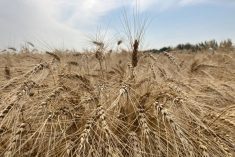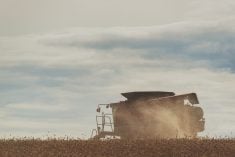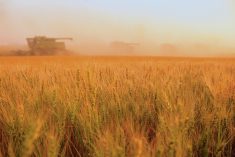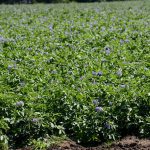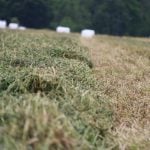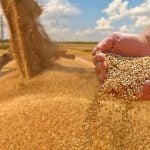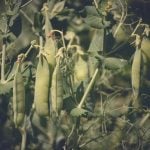Kyiv | Reuters – Ukraine is keeping its forecast of the winter wheat sowing area for the 2023 harvest unchanged at 3.8 million hectares despite a delay caused by unfavourable weather, deputy agriculture minister Taras Vysotskiy told Reuters on Tuesday.
Ukraine sowed more than 6 million hectares of winter wheat for the 2022 harvest, but a large area has been occupied by Russian forces since the invasion in February and only 4.6 million hectares were harvested.
The ministry said farmers had sown 3.1 million hectares of winter wheat as of Oct. 25, or 79 per cent of the expected area. It said around 500,000 hectares of other winter grains had also been sown.
Read Also

Trump mulls ending some trade ties with China, including in relation to cooking oil
U.S. President Donald Trump said on Tuesday Washington was considering terminating some trade ties with China, including in relation to cooking oil.
The data showed that the pace of sowing winter wheat in Ukraine for the 2023 harvest is significantly lower than last year’s figures when farmers sowed 6.5 million hectares.
The ministry gave no reason for the decrease. Local officials and analysts say rains across most of the country and a lack of funds are the main reasons for the delay.
Ukrainian state weather forecasters said this month less than 30 per cent of the winter grain crop area for the 2023 harvest had been sown at optimal times because of poor weather, and this was significantly less than in previous years.
They also said that crops sown in October could enter the winter in the initial stages of development, leaving them weakened and vulnerable to adverse winter conditions.





